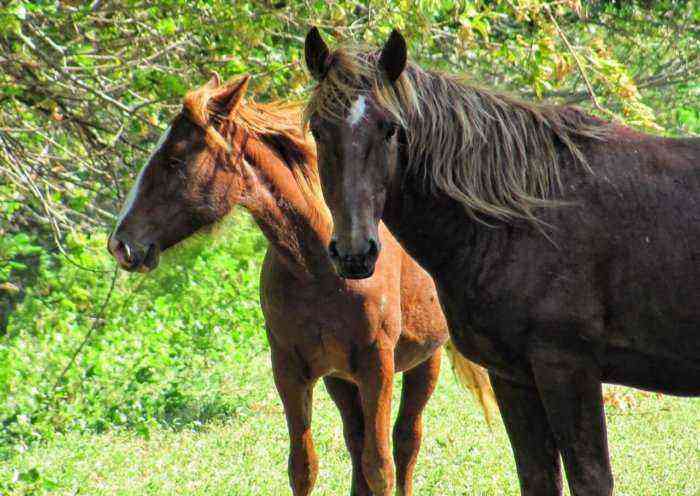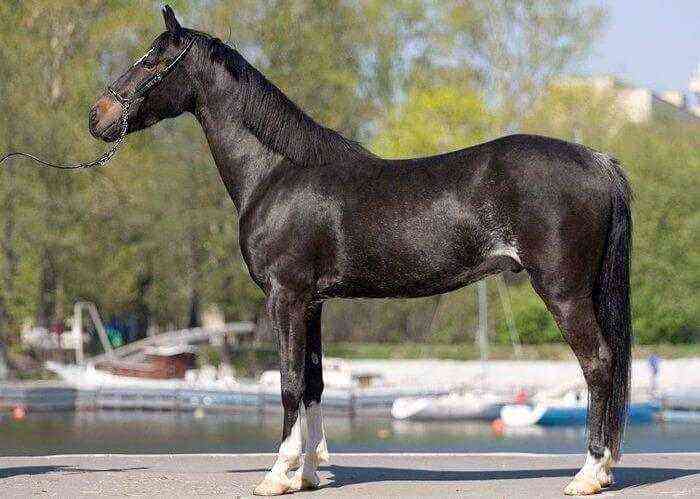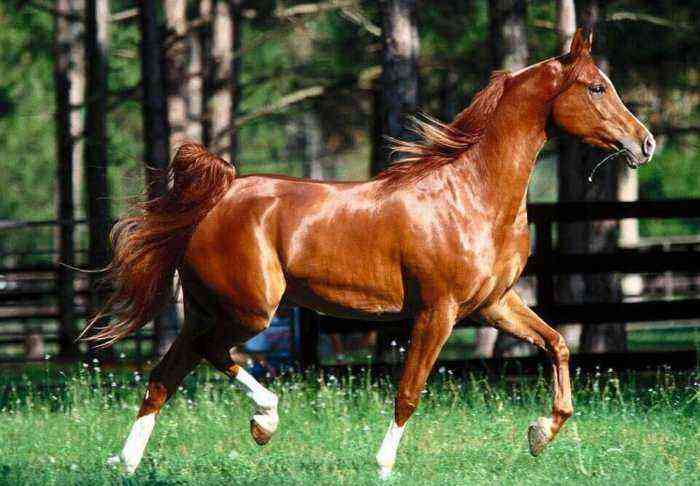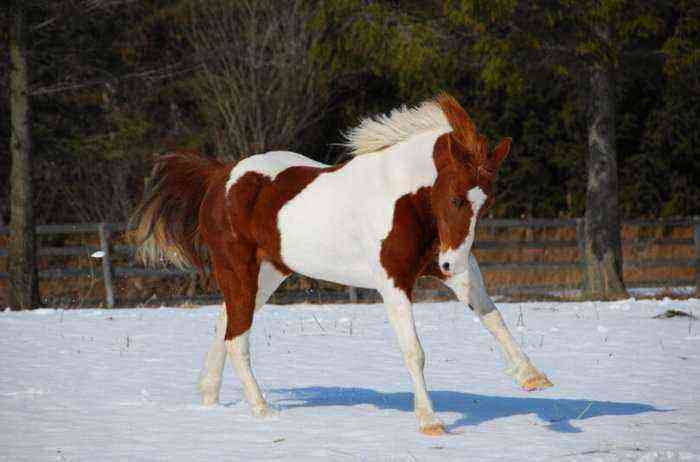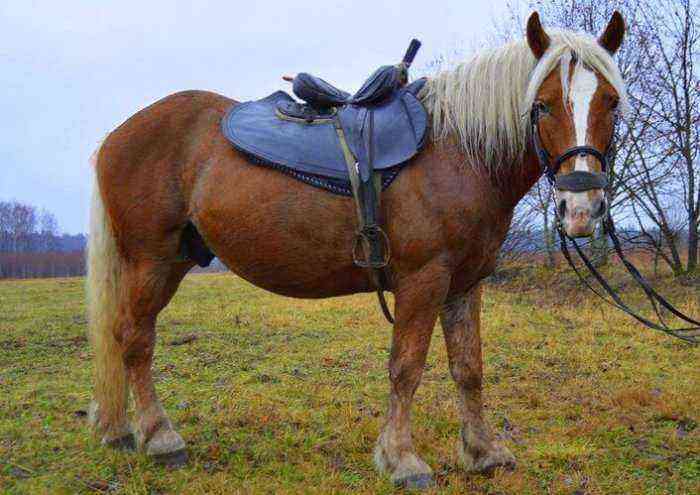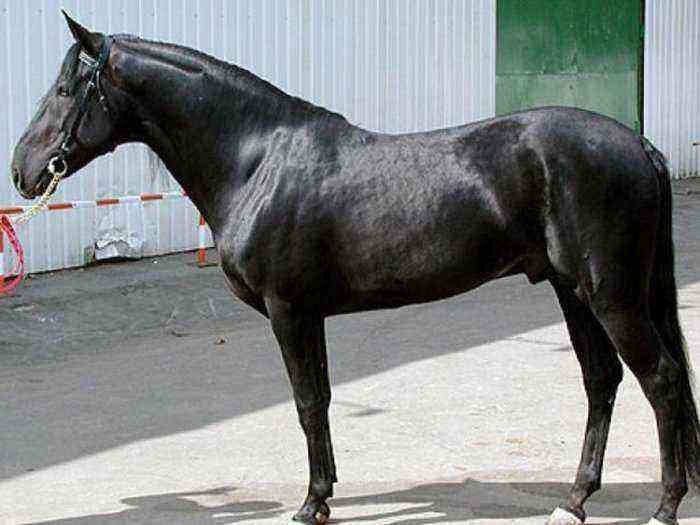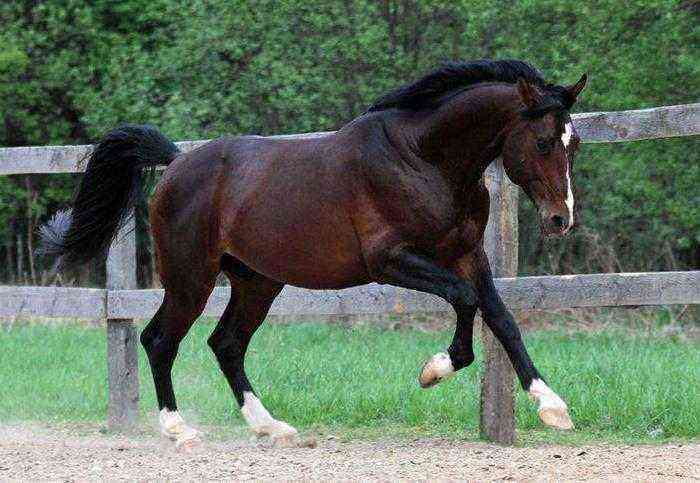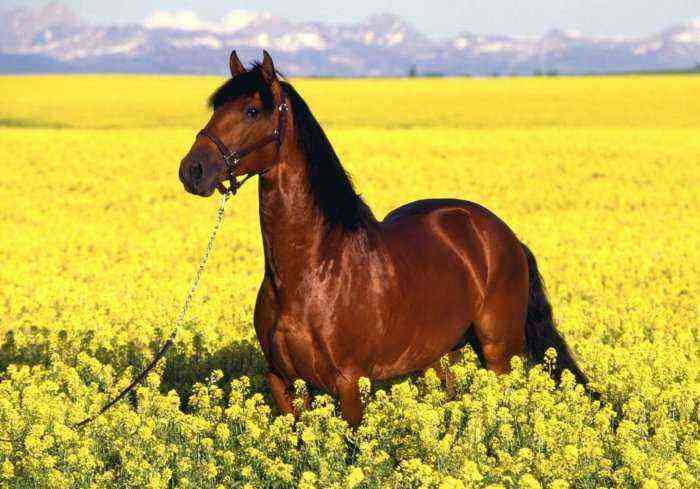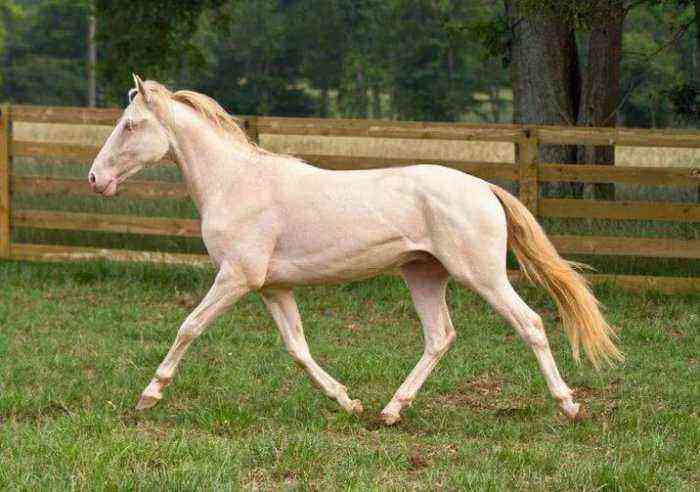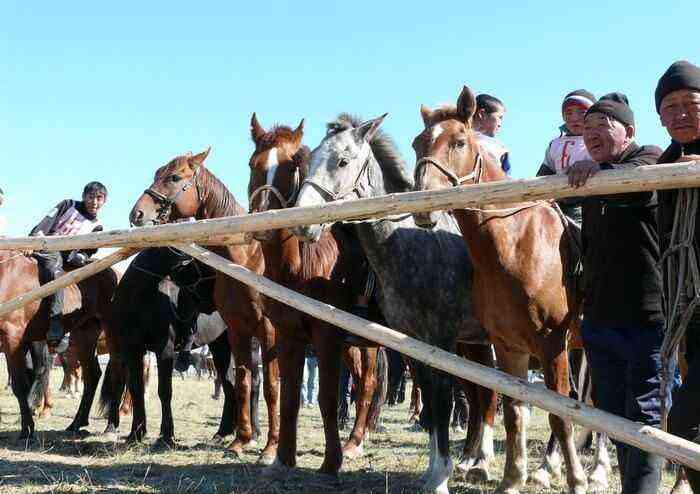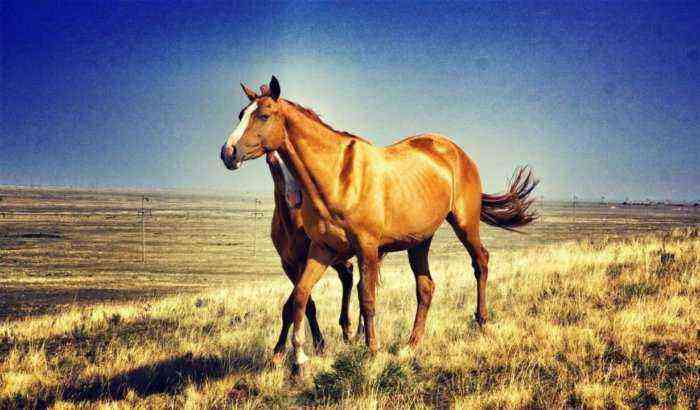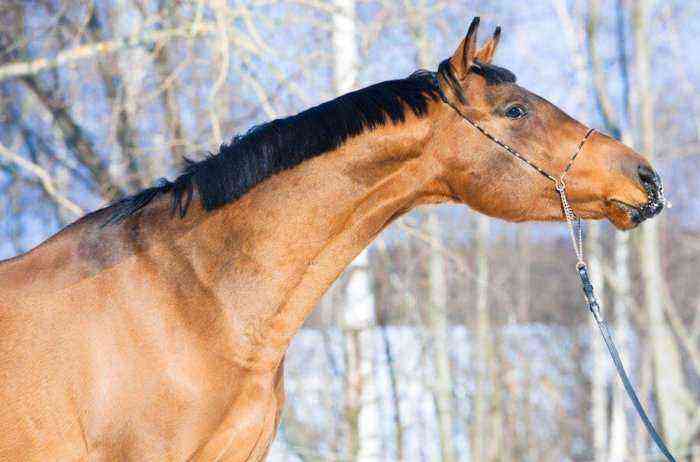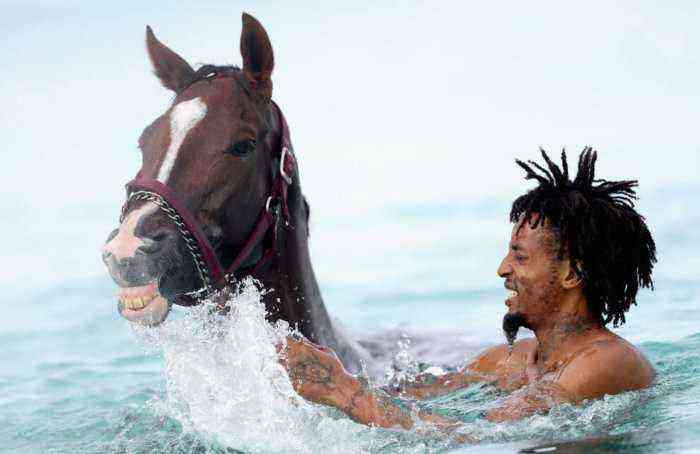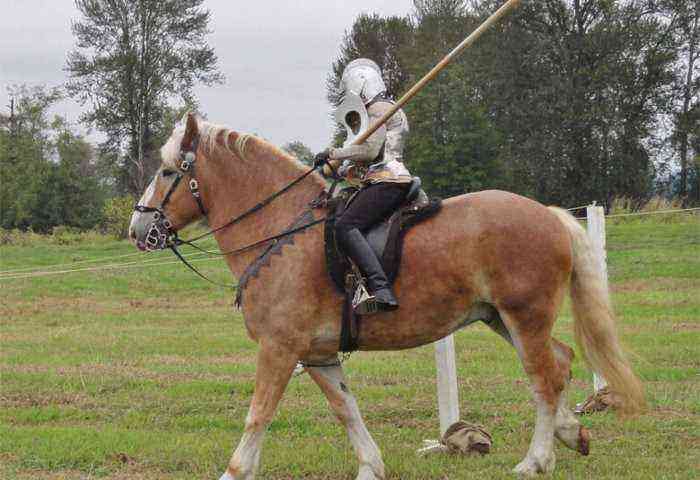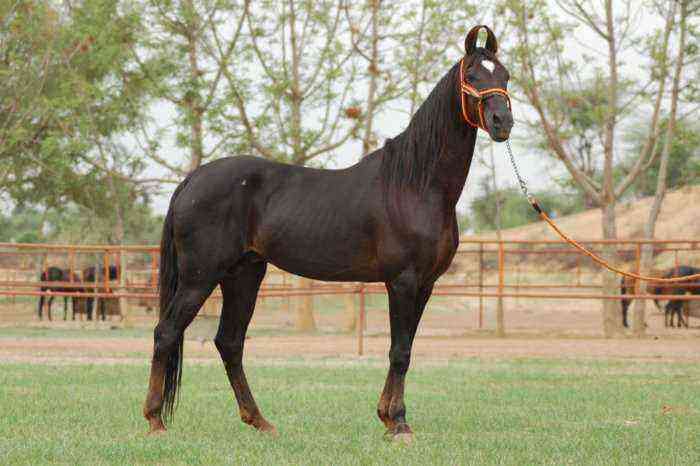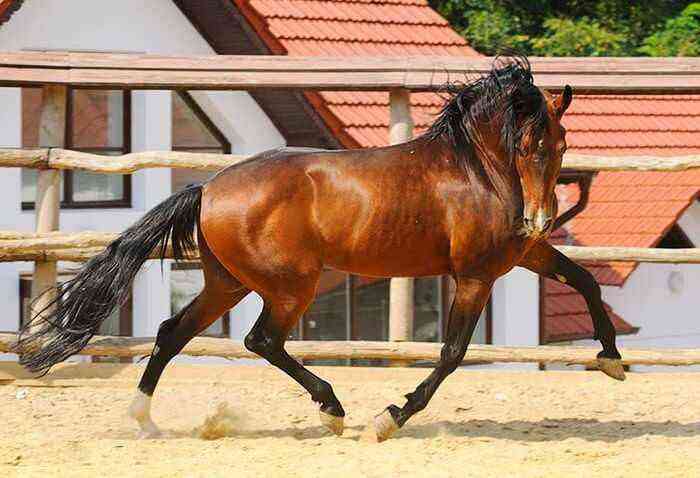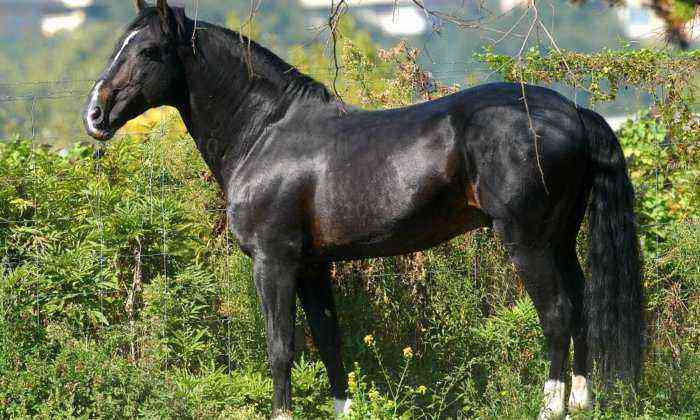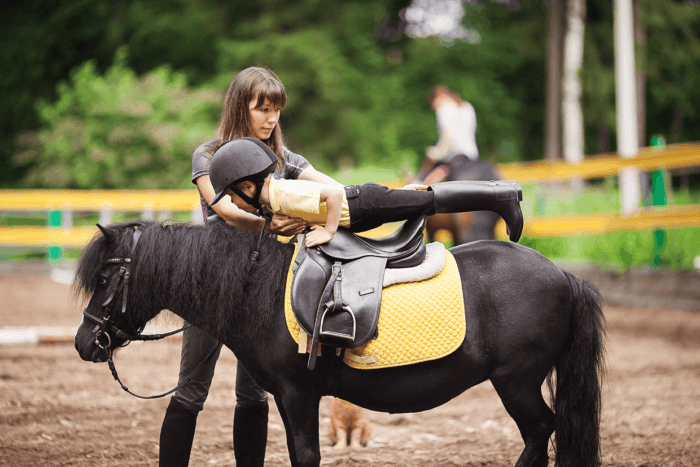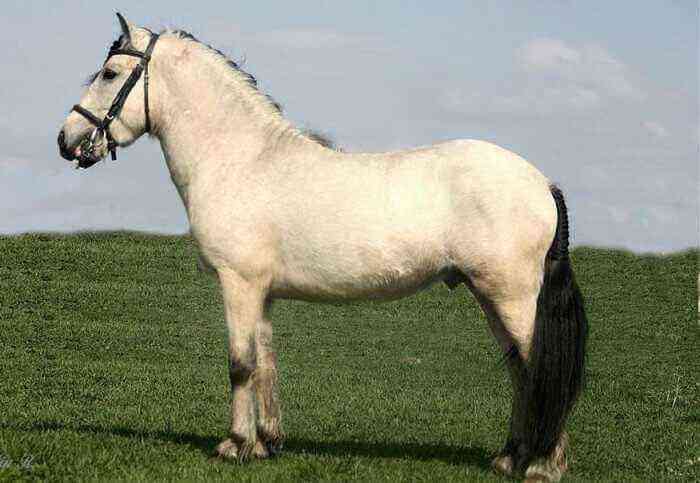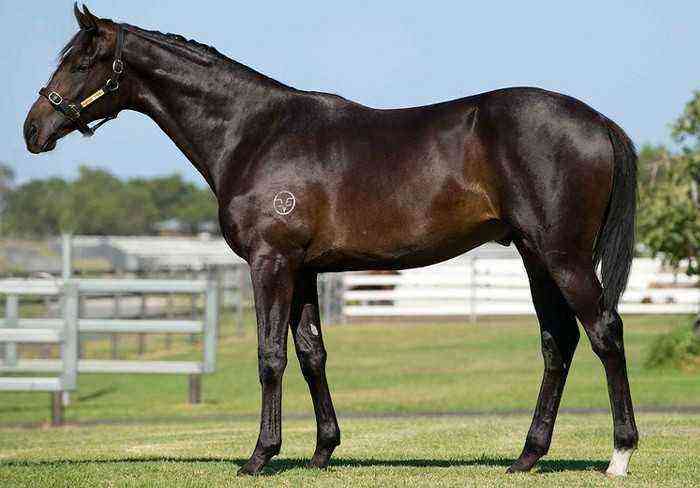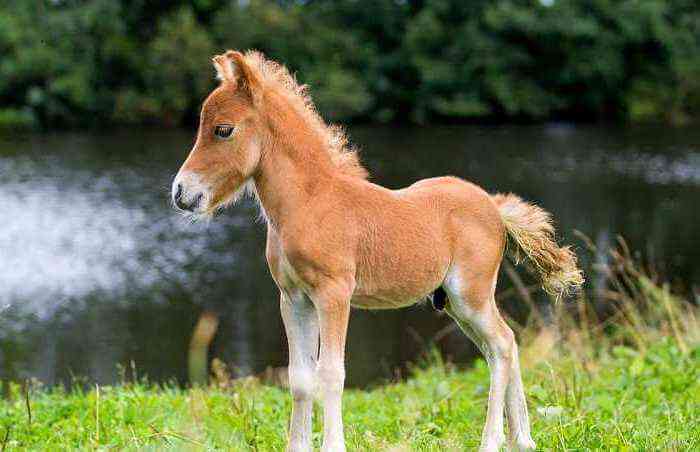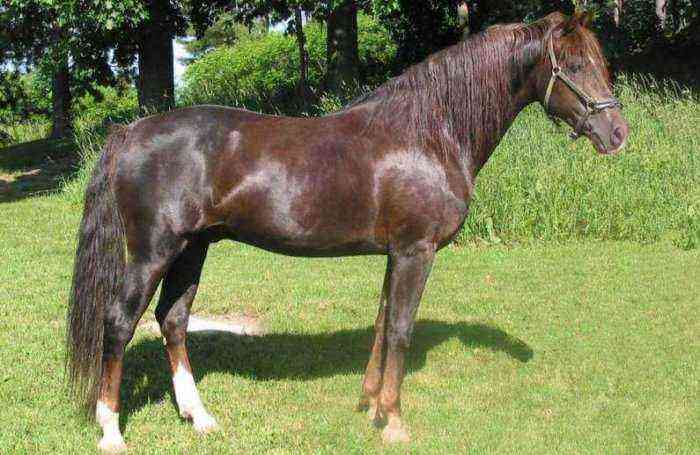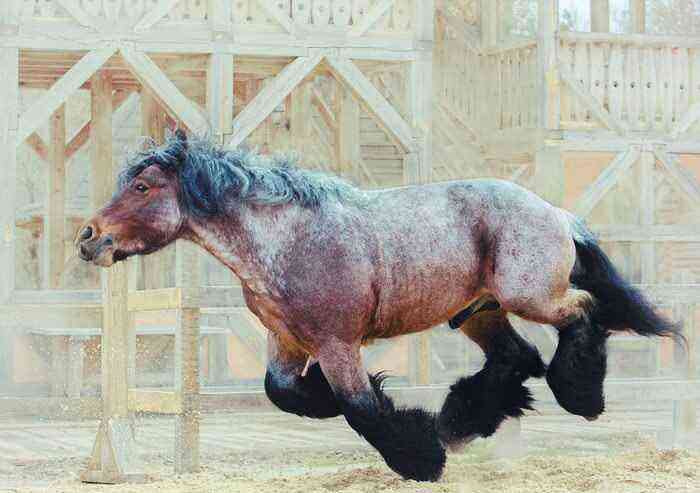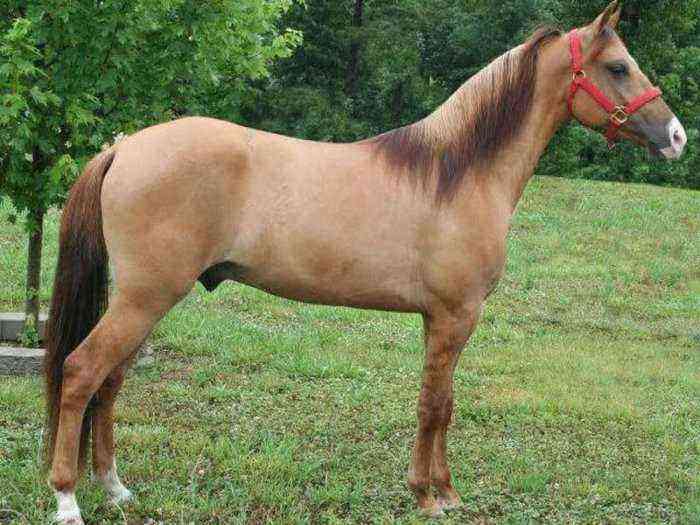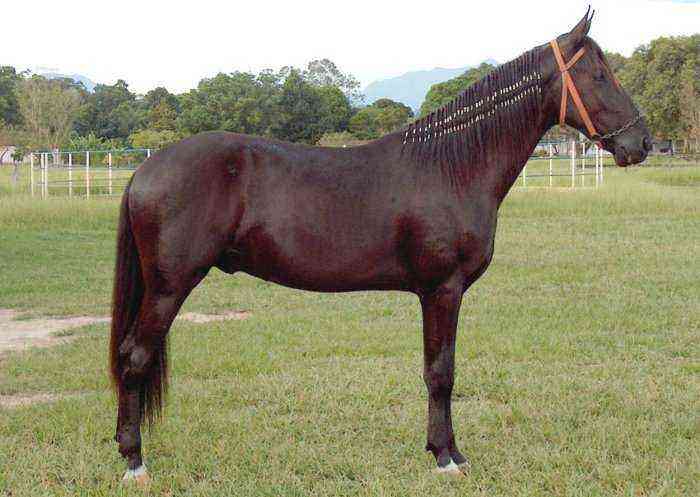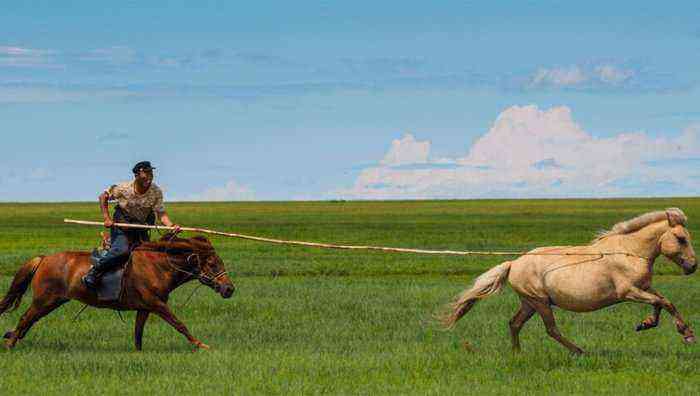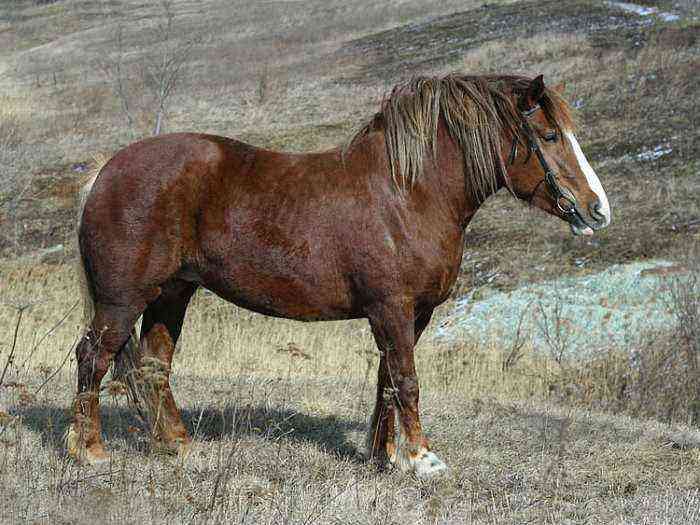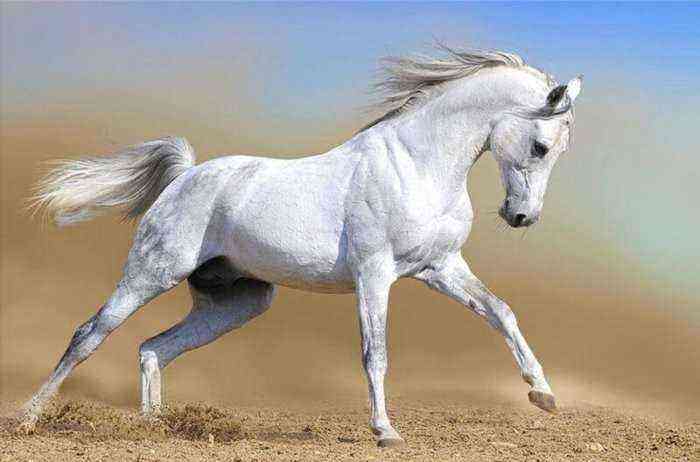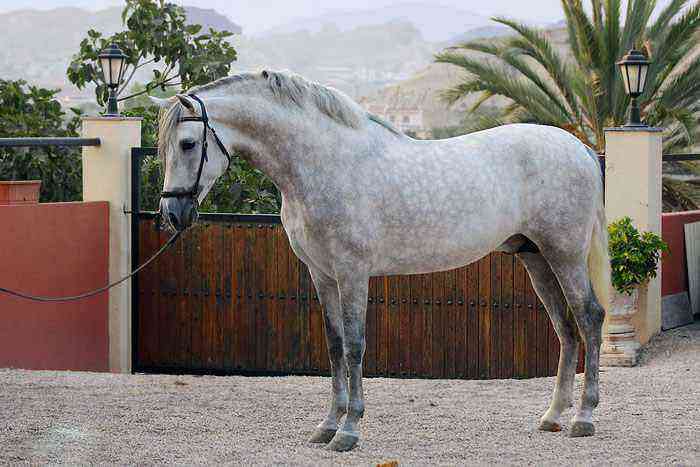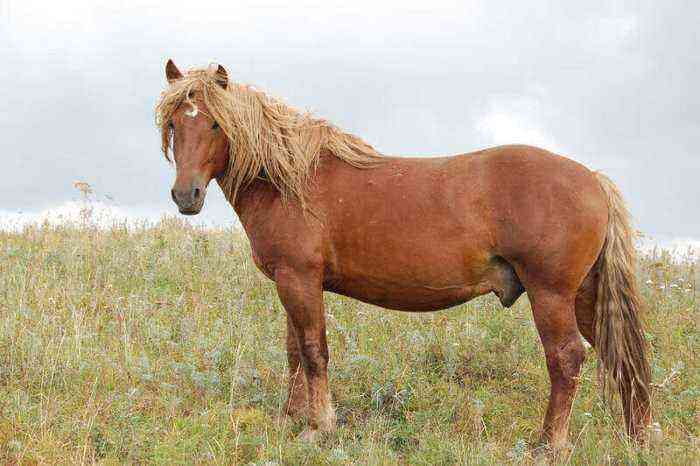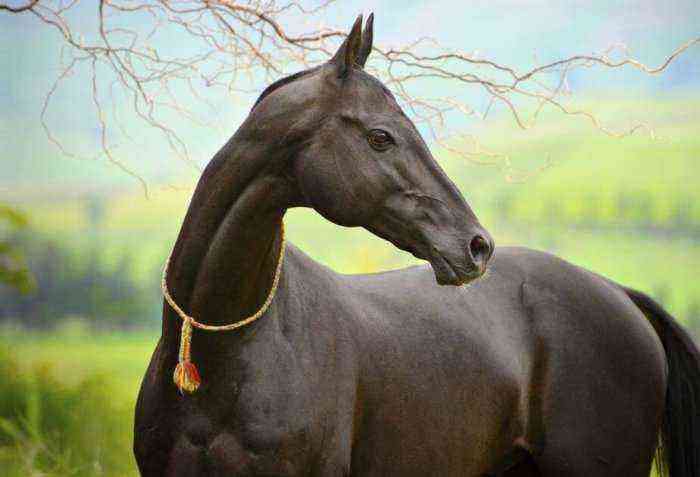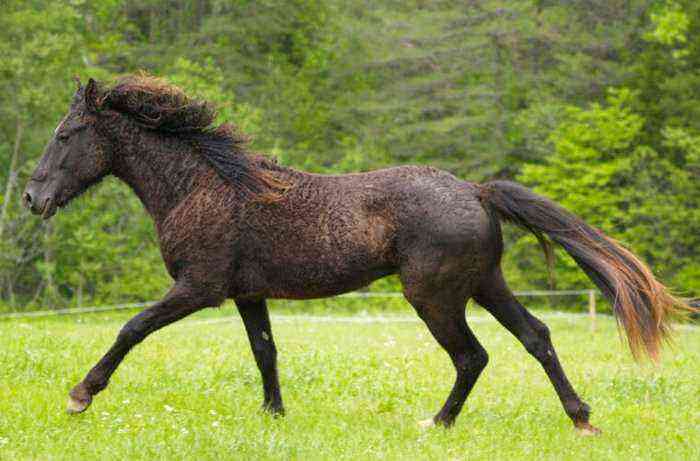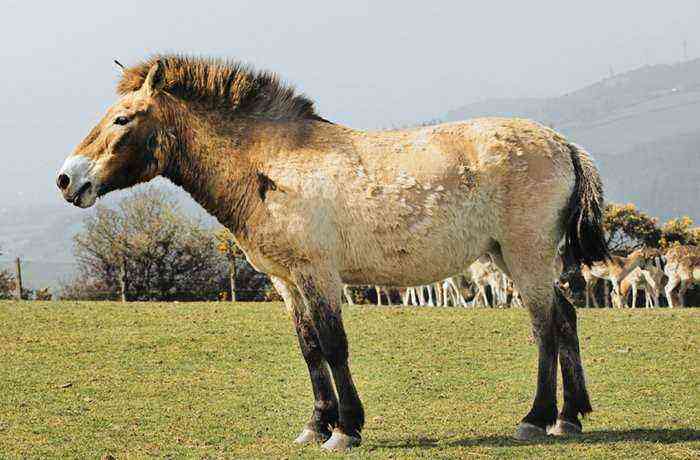Buryat horses are one of the most ancient breeds that are actively used in agriculture and equestrian sport today. These animals are distinguished by their strong constitution, endurance, strength and ability to adapt even to the most severe weather conditions. Especially the Buryat breed of horses is common in Eastern Siberia and the Far East, in particular the Trans-Baikal Territory. The most effective way to improve the productivity and performance of animals is to cross them with other species – for example, Don, Oryol or trotting.
Brief history of the breed
The Mongolian horse, whose habitat is located south of the borders of Buryatia, had a significant impact on the development of the Buryat breed. Given the changeable climate of Mongolia, with cold, snowy winters and dry summers, as well as the traditions of nomadic peoples that have survived to this day, horses have long been considered almost the only means of transportation for local residents. The Mongols received meat, milk from horses, and the skin of animals was widely used for the manufacture of household items, clothing and footwear.
The need to breed hardy, undemanding horses that quickly adapt to a sharply continental climate and herd content also led to the emergence of the Buryat breed. The natural conditions of the regions of Eastern Siberia affected the appearance and character of the animals.
Buryat horses show good results both under the saddle and when performing agricultural work. Many horse breeders keep them for meat and milk on an industrial scale.
Description
Representatives of the Buryat breed are considered the shortest horses that are found in Siberia – the height of an adult animal at the withers does not exceed 135 centimeters. There are other characteristic features of these horses:
- Movable massive neck with pronounced muscles.
- Broad, strong body, covered with long hair, coarse bones.
- Thick skin.
- Deep chest.
- Straight back, low croup.
- Thick, long mane and tail.
- Body weight – up to 350 kilograms.
- Muscular legs with well developed joints.
- Often – stripes on the forelimbs.
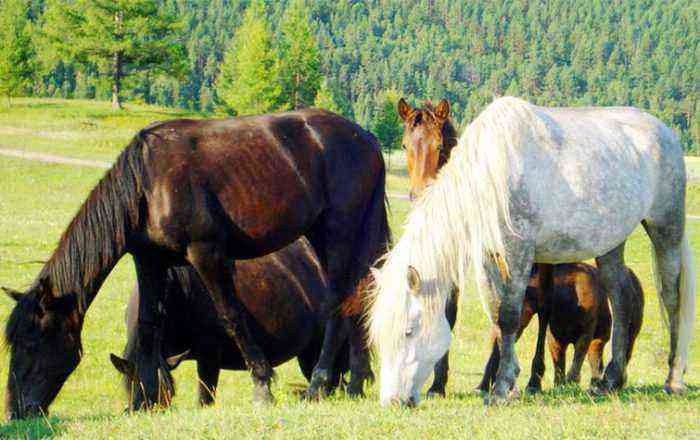
The color of animals is diverse: there are Buryat horses of bay, savras, piebald, red color.
Due to their small stature and short legs, horses do not develop high speed, but they show excellent endurance when running long distances – animals are able to overcome more than 100 kilometers without rest and food. Representatives of the breed are characterized by frequent movements.
Buryat horses are ideally suited for keeping on steppe pastures, regardless of the season. They easily endure summer heat and drought, go without drinking for a long time, and in winter they get food by digging snow with their hooves. Rooms for horses are rarely built and are primitive structures consisting of a canopy and walls.
These are sociable horses that easily get along with other breeds of horses and farm animals, have a phlegmatic character, unpretentiousness in nutrition and care, and high meat and dairy productivity. So, in summer, females give up to 14 liters of milk per day. In the cold season, this figure decreases to 7-8 liters. The milk of Buryat mares is fat and nutritious.
Interesting physiological features of the breed are considered to be rapid weight gain and the ability to economically consume body fat reserves, which is also dictated by natural conditions in breeding areas.
Attention! With proper care, the life expectancy of horses reaches 30 years. At the same time, females bring offspring up to 22 years.
In addition to agriculture, representatives of the breed are used in amateur and professional equestrian sports, especially in traditional horse races, which are held as part of national holidays and celebrations.
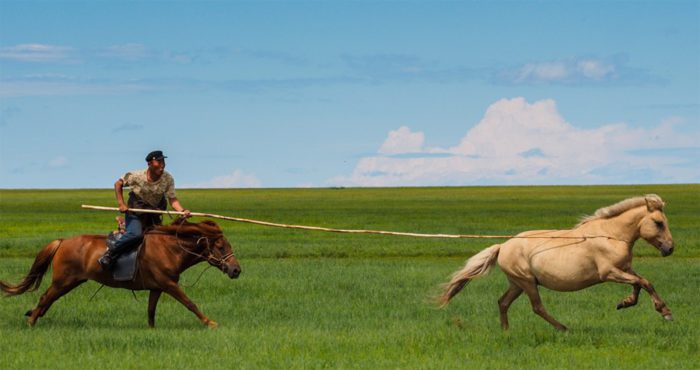
Buryat horses are perfectly adapted for nomadic life and herd breeding. However, breeders do not leave attempts to improve the characteristics of the breed. It is worth noting that crossing animals with “improving” species gives positive results only with the proper maintenance of horses and careful work with young animals. It is necessary to take into account the conditions of the region where it is planned to breed animals. So, in areas that are characterized by the active development of animal husbandry, harness and riding breeds are in demand – in this case, it is advisable to cross the Buryat and Don horses.
